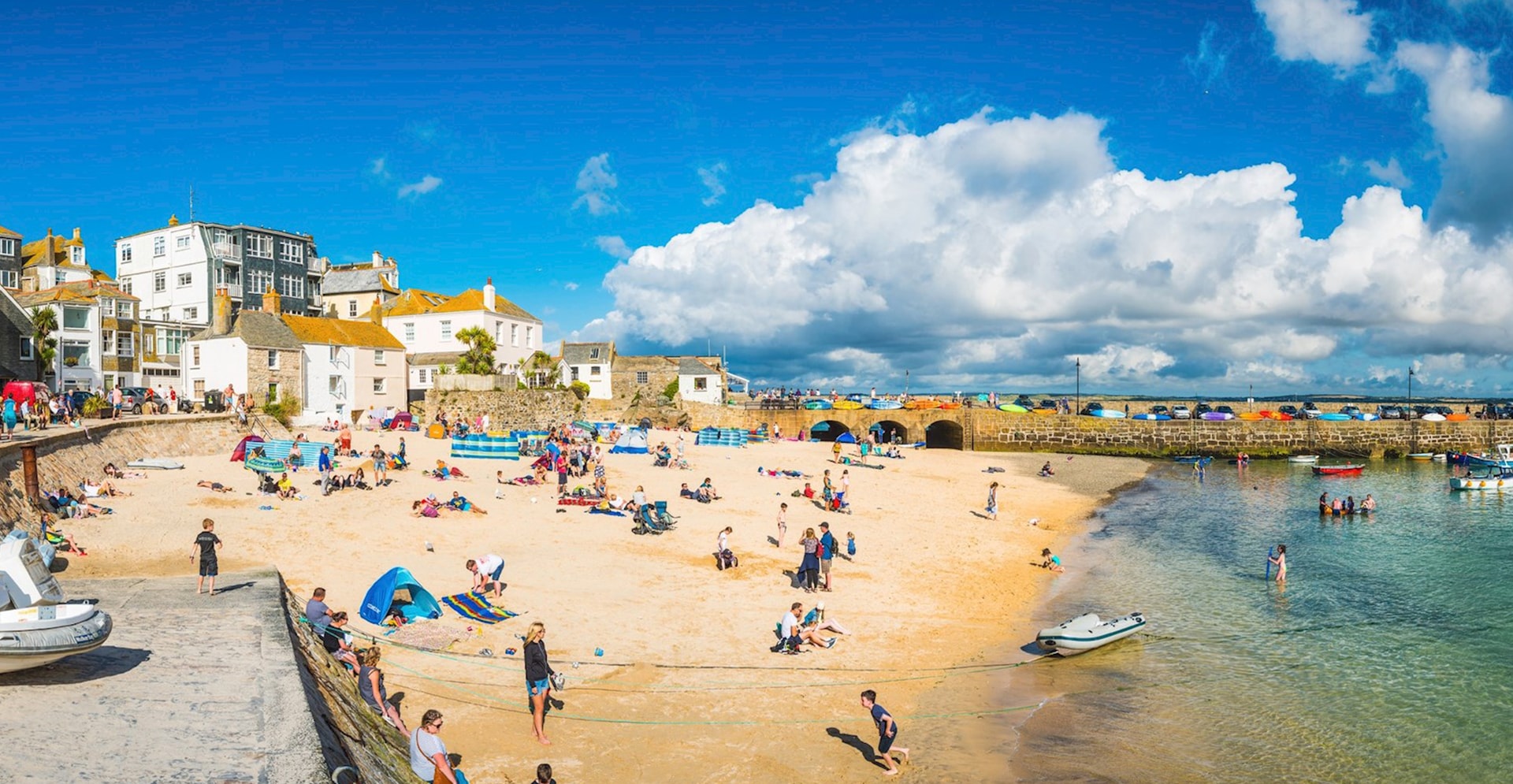COVID-19 has prompted many of us to pause and take stock, rethinking both how and where we might want to live our lives. Working practices were already starting to change, but with many people now unlikely to return to the office full time, it has also given us a chance to re-evaluate where we live. When it comes to our homes, access to both internal and external space is being valued more than ever. As more people look at alternatives to big cities, could this signal the (re)making of our rural and coastal towns as more sustainable, liveable places for a much broader community to enjoy?
Short term boost
This summer, there will undoubtedly be a rush out of lockdown to holiday on the rolling hills and stunning UK coastlines that had previously been abandoned in favour of international travel. But will this really translate into a long-term rediscovery of our love for the UK as a holiday destination? And what happens to these communities beyond a seasonal short-term boost?
It strikes me that - as restrictions ease and confidence returns - it is unlikely that COVID-19 will have entirely cured us, en-masse, of the travel bug. The desire to seek more reliably fair weather and different experiences will remain.
Climate change
On the other hand, the looming spectre of climate change and the radical action needed to address it could potentially drive long term behavioural change. If the government gets serious about hard interventions to incentivise behavioural transformation, such as heavy taxation to discourage air travel, then perhaps changes will be longer-term.
This would provide a welcome boost for rural and coastal locations. But tourism alone isn’t a sustainable and resilient driver for the creation of liveable places. Regeneration is a long-term game. It requires fundamental changes to place that last well beyond an initial intervention or investment (or peak in holiday interest).
Rural and coastal towns need to be transformed, not just rely on tourism growth.
Long term thinking
This requires longer term thinking, interventions and investments. It generally necessitates a significant role for the Local Authority, at least to get things moving. Places have to think beyond tourism; but the good news is that the very features that make places attractive for tourists also give them potential as great places to live. More and more people are seeking different lifestyles post-COVID-19, and our rural and coastal towns could offer exactly what they’re looking for.
Balanced economy
Successful regeneration relies on bringing balance and diversity to places and their economies. This is brought into stark relief in rural and coastal high streets and town centres which, in many cases, have a huge overreliance on tourism and seasonal jobs and can be largely closed in the off-season.
This has never been more evident than during the recent lockdown. Creating a balanced economy, with town centres and high streets that support a range of year-round jobs for a diverse community, will be critical.
The good news is that, as a result of COVID-19, millions more people are working successfully remotely. The reasons to live near a physical location for work are becoming less and less important for many roles, perhaps allowing the national economy to find more geographic balance and local economies to become more diverse. Rural and coastal town centres will surely benefit.
Physical and Digital Connectivity
Some rural and coastal locations already enjoy good physical connectivity, which remains as a legacy of historic infrastructure investment that allowed wealthy Victorians to reach their holiday destination. However, with less demand for daily journeys into major urban centres, physical connectivity and distance from large regional cities may not be the fundamental barriers they have been in the past.
What will be critical is digital connectivity. Reliability and speed, whether through fixed line or mobile means, is likely to become the latest test for a place, rather than how quick is the commute to the nearest major employment centre.
What can local authorities do?
There are a number of things for local authorities to consider, if they are to capture the benefits of these expected changes. The first is perhaps obvious and builds on what they have always sought to do by selling the inherent beauty and lifestyle benefits of their places. But beyond that, they will also need to:
Local Authorities in rural and coastal areas are already striving, like those everywhere else, to create more diverse and sustainable liveable places. In a post COVID-19 world, as people need to travel less and have more flexibility about where they work, perhaps the natural advantages they have as holiday destinations will tip the scales in their favour for people seeking to embed long term lifestyle changes. The opportunity is there for Council’s, like those who make up Britain’s Leading Edge, to make sure they have an offer in their towns and on their high streets that attracts new residents, whilst supporting existing ones and ultimately building more successful communities.
Don’t miss the latest episode of our Long Story Short podcast, in which David discusses with Bill Grimsey, champion of the high street, whether the advice to ‘stay local’ will be the impetus we needed to help our town centres thrive again?

